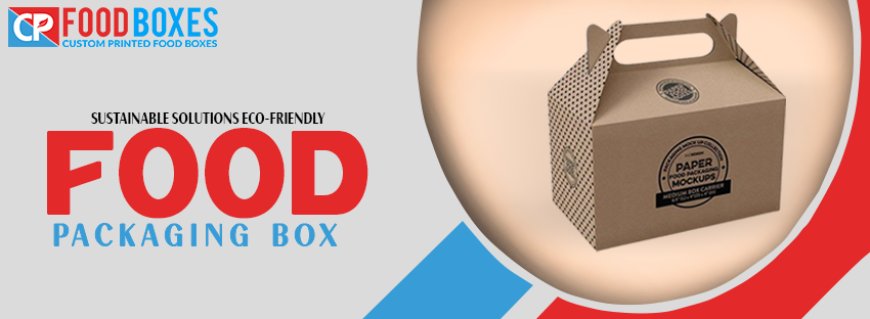Food Packaging Supplies' Essential Role in the Modern Food Industry
Food packaging supplies have become an indispensable part of the modern food industry, playing a critical role in preserving food quality, ensuring safety, and facilitating the convenience that consumers have come to expect.

Introduction
Food packaging supplies have become an indispensable part of the modern food industry, playing a critical role in preserving food quality, ensuring safety, and facilitating the convenience that consumers have come to expect. From the shelves of supermarkets to the tables of households, food packaging is a ubiquitous presence that influences everything from product freshness to environmental impact.
The Importance of Food Packaging
At its core, food packaging serves multiple essential functions:
Preservation:
One of the primary purposes of food packaging is to extend the shelf life of food products. Proper packaging helps protect food from contamination, moisture, and air exposure, all of which can lead to spoilage. This is especially crucial for perishable items like dairy products, meats, and baked goods.
Safety:
Food packaging also plays a vital role in ensuring food safety. It provides a barrier against bacteria, viruses, and other harmful microorganisms that can cause foodborne illnesses. Additionally, packaging can include tamper-evident seals that help ensure the integrity of the product from the manufacturer to the consumer.
Convenience:
Modern consumers demand convenience, and Food packaging supplies deliver on this need. From reseal able bags to single-serve containers, packaging designs have evolved to make food easier to store, prepare, and consume. This convenience also extends to labeling, where clear packaging helps inform consumers about nutritional content, ingredients, and usage instructions.
Sustainability:
In recent years, the environmental impact of food packaging has come under scrutiny. The industry is increasingly shifting toward more sustainable options, such as biodegradable materials, recyclable packaging, and reduced plastic use. Regulations aimed at reducing the environmental footprint of packaging waste also drive these innovations.
Types of Food packaging supplies
The variety of Food packaging supplies available today is vast, each designed to meet specific needs. Some of the most commonly used types are as follows:
Flexible Packaging:
This includes pouches, bags, and wraps made from materials like plastic, aluminum, or paper. Flexible packaging is lightweight, durable, and versatile, making it ideal for a wide range of food products, from snacks to frozen foods.
Rigid Packaging:
Rigid containers, such as glass jars, plastic tubs, and metal cans, provide excellent protection for products that require a sturdy barrier. People often use these for canned goods, sauces, and dairy products.
Vacuum Packaging:
Vacuum-sealed packaging removes air from the package before sealing, which helps extend the shelf life of food by preventing the growth of aerobic bacteria and fungi. Meat, cheese, and other perishable items commonly use this type of packaging.
Modified Atmosphere Packaging (MAP):
MAP involves altering the atmosphere inside the packaging to slow down spoilage and extend shelf life. Fresh produce, meats, and ready-to-eat meals frequently use this technique.
Eco-Friendly Packaging:
As sustainability becomes more important, eco-friendly packaging options, such as compostable materials and reusable containers, are gaining popularity. These alternatives help reduce food packaging waste and the environmental impact.
Innovations in food packaging
The food packaging industry is continuously evolving, driven by technological advancements and changing consumer preferences. Innovations such as smart packaging, which includes sensors that monitor freshness and spoilage, are becoming more common. Edible packaging, which can be consumed along with the food, is also an emerging trend that aims to reduce waste.
Moreover, the rise of e-commerce and food delivery services has led to the development of packaging solutions that are both durable and lightweight, ensuring that food arrives fresh and intact at its destination.
Conclusion
Food packaging supplies are a cornerstone of the modern food industry, contributing to food preservation, safety, convenience, and sustainability. As the industry continues to innovate, the role of packaging will only grow in importance, adapting to new challenges and opportunities in the global food supply chain. Whether it's the development of smarter, more sustainable packaging materials or the continued focus on consumer convenience, the future of food packaging is poised for exciting advancements.












